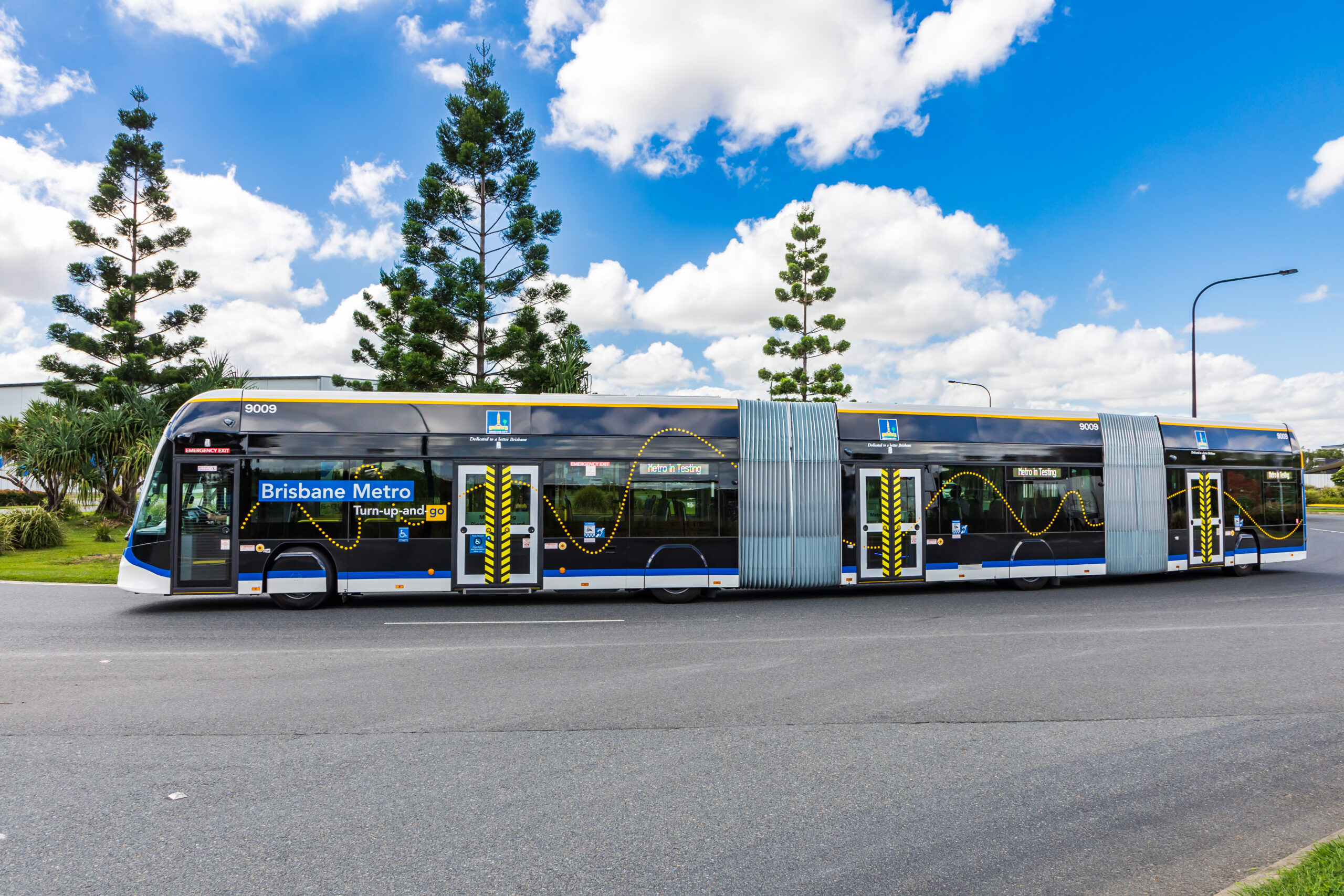Sign up for daily news updates from CleanTechnica on email. Or follow us on Google News!
Earlier this month, Ford announced to dealers that the Mustang Mach-E would be losing access to the tax credits it currently qualifies for. This takes the vehicle’s credit from $3750 to zero. In this article, I’ll take a look at the situation and how Ford can deal with it.
This story goes all the way back to the Inflation Reduction Act, which passed last year. Prior to that time, Tesla and GM had already hit the 200,000 per vehicle cap on the 2008 tax credits, and other companies were coming up on the limit. So, to keep EVs moving off lots well, Congress removed the cap, but added some provisions that we’re dealing with today.
One of the good things the credit did was take it away for expensive vehicles. People spending more than $55,000 or $80,000 (depending on the class of vehicle in question) don’t need much government help to get an EV, so the Act set limits on that. It also set some income caps on the program.
Another important thing in the law is still being debated among EV fans today: the ban on tax credits that use minerals from “foreign entities of concern”. Specifically, the bill said the following doesn’t get credits: “any vehicle placed in service after December 31, 2023, with respect to which any of the components contained in the battery of such vehicle (as described in subsection (e)(2)(A)) were manufactured or assembled by a foreign entity of concern (as so defined).’’
In short, the basic idea behind this is to keep the United States’ EV industry from being too reliant on countries like China and Russia (mostly China). More importantly, this isn’t an academic concern, as China has used its supply of minerals to bring other countries to their knees in geopolitical strife. The greatest example was a rare earths embargo China conducted against Japan in 2010 over a border dispute at sea.
At the same time, buying battery minerals from friendly suppliers is no easy task. China had been building up battery industries for decades to support smaller consumer electronics, and then went all-in to increase production for EVs. The United States and its allies are now behind the curve, and the mines for these critical materials just aren’t ready yet.
This leads to challenges for the automotive world. Either don’t do EVs, go without the tax credits (which will become point of sale rebates in 2024), or build hybrids (including PHEVs). This is the conundrum Ford currently faces.
Sadly, Ford doesn’t appear to have a way to supply Model E battery packs with compliant cells. So, customers will likely lose the tax credit starting on sales after December 31. But, the company’s vehicle already didn’t qualify for the full credit, so the effective price (especially in light of the transferrable credit that can go against the out-the-door price) is only going to go up by $3750. This is a lot less problematic than a $7500 price hike.
There’s really not much that can be done about this in the short term other than discounting the car or putting up with somewhat reduced sales. Mining operations take years to get into swing, as does the rest of the battery supply chain. But, this problem will be solved over the next few years.
If you’re a potential Mach-E buyer, you have two choices: buy one before 31 December or use it for a bargaining chip. Buying before the end of the year is the easy way to get the tax credit. But, if you buy after 1 January, you can let the dealer know that you’re aware that you’ve missed out on $3750 to see if you can get the overall price down.
Whatever you do, don’t pay more than MSRP!
Featured image provided by Ford.
Have a tip for CleanTechnica? Want to advertise? Want to suggest a guest for our CleanTech Talk podcast? Contact us here.
Our Latest EVObsession Video
I don’t like paywalls. You don’t like paywalls. Who likes paywalls? Here at CleanTechnica, we implemented a limited paywall for a while, but it always felt wrong — and it was always tough to decide what we should put behind there. In theory, your most exclusive and best content goes behind a paywall. But then fewer people read it!! So, we’ve decided to completely nix paywalls here at CleanTechnica. But…
Thank you!
CleanTechnica uses affiliate links. See our policy here.




